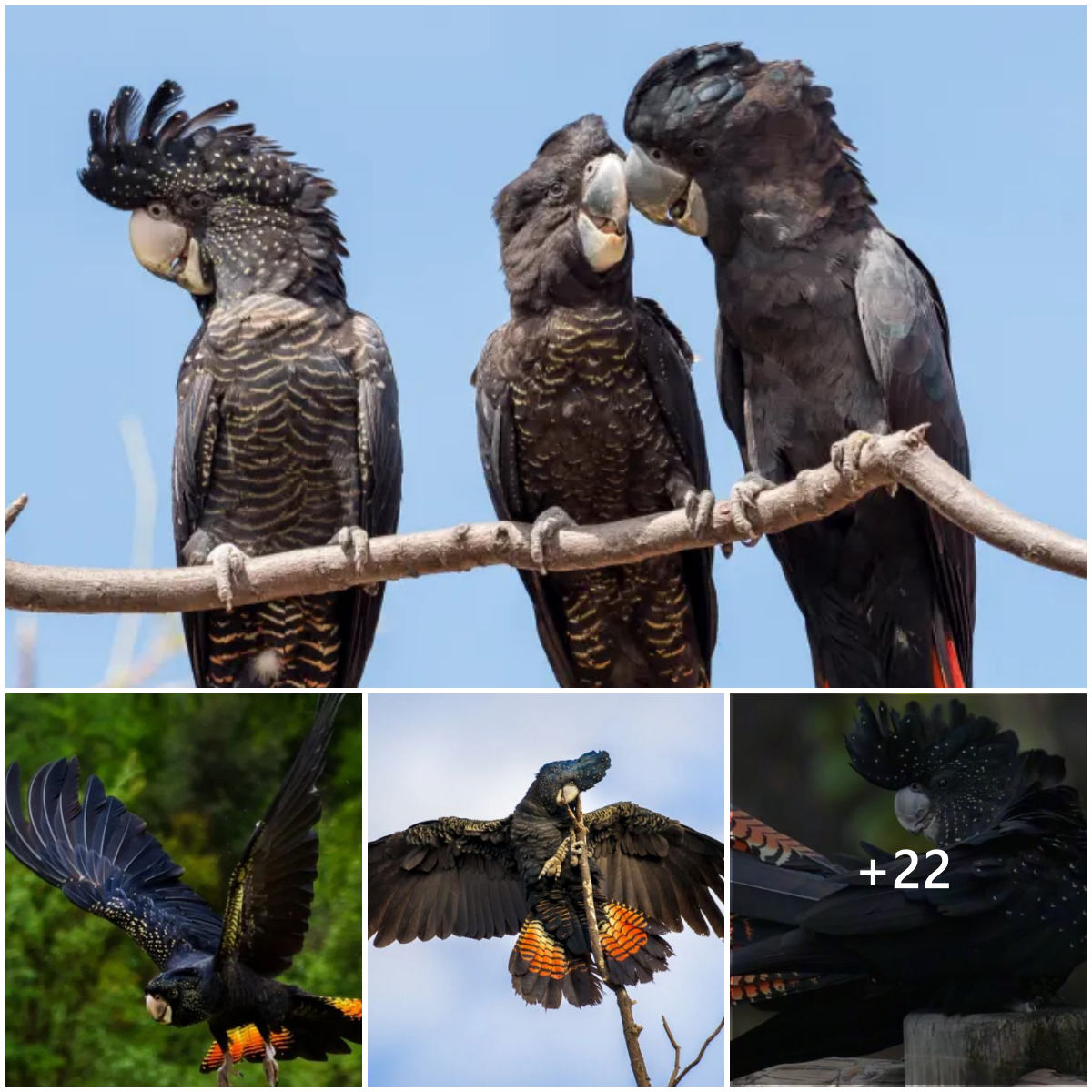No one, including those who have no affinity for birds, can deny the beauty of this creature. Their soft feathers are unique, and the wide range of colors adorning their coat even makes them more stunning. With numerous species in the group, they never stop surprising us with their gorgeous appearance and beautiful display. Even tiny birds that look like fluffy balls could grab our attention with their lively uniqueness.
A perfect example of this would be the olive-backed sunbird, which may be known as the yellow-bellied sunbird in some regions. Apparently, you can never overlook its yellow and metallic blue feathers if you see it around your area.

The olive-backed sunbirds aren’t afraid of people, so you can easily find them hovering around a flower garden. Nectar and honey are their favorite foods, so if you see some birds sucking nectar from flowers in your garden, they might be these tiny guys.
If you own a peaceful garden with lots of food for them, you might even find their nests, which are made of thin grass, around the place. Let’s learn more about this magnificent bird by scrolling to the end of this article!

Ready For Display!
It’s no wonder that the male olive-backed sunbirds look most beautiful when they’re performing their display to capture the female’s attention. If you’re lucky enough, you’ll have a chance to see the apricot-colored feathers underneath its wings. Under the curved black bill, its throat will be covered with metallic blue plumage.

While keeping the unique olive feathers on their backs, the female birds look paler in comparison with the male. Despite that, they are still titled as one of the most gorgeous sunbirds.

Habitat
The olive-backed sunbird is native to Southern Asia and Australia. Residents in Malaysia, Thailand, The Philippines, and Laos might see them frequently. These tiny guys are seen around mangroves originally, but their habitat has been closer to residential areas over time. Now it’s easy to encounter one of them in orchards, plantations, or even in towns.

Diet
The olive-backed sunbirds aren’t picky eaters. Though they love sucking nectar from flowers and plants, they also feed on insects, including caterpillars, ants, and even spiders.

Breeding
The breeding season of this bird is from December to July. The females will be in charge of building pear-shaped nests with a tiny entrance at the side. A female often reproduces 1 to 3 pale green eggs, which take 11 days to hatch. Both the male and female birds will support their offspring until they can live alone.

Population
Fortunately, the olive-backed sunbird population seems stable currently. It would be disappointing and frustrating if the flower gardens lack the appearance of these beautiful guys.

Let’s share this colorful small bird with your family and friends! Don’t forget to hit the subscribe button to get the latest updates about more cool photos and posts from our site!





